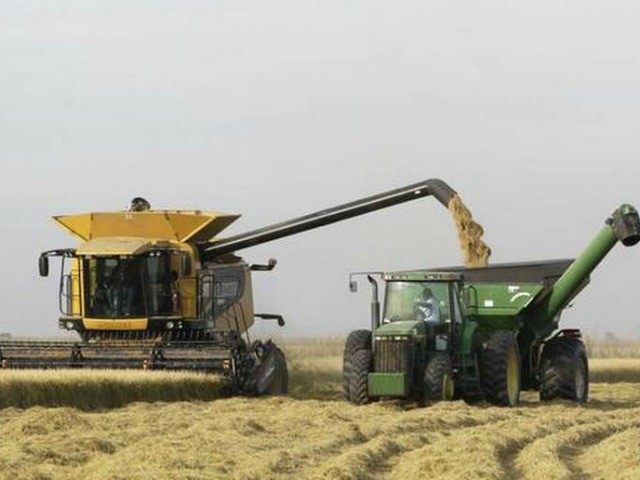The California Air Resources Board’s (CARB) plan to offer cap and trade offset credits to California rice farmers to change the way they farm is like chumming fish. The government’s upfront offer of cash is a scam to encourage rice farmers to invite bureaucrats into their business. CARB will undoubtedly later change the farming rules by mandating the type of severe regulations that will strangle rural community success.
Sacramento Valley rice farming is a $5 billion industry that specializes in premium grains used in risotto, paella, and sushi. California rice commands a high price and is exported to more than 100 countries.
Every fall, millions of waterfowl fly south from Canada and Alaska to spend their winters in California’s Central Valley munching on the same medium-grain rice grown in the Sacramento Valley that almost every sushi restaurant in America serves. But the size and success of the agricultural activity have made rice farming a target of environmentalists who are interested in rewilding the state’s rural communities.
California’s infamous Proposition 32 cap and trade regime that went into effect in January 2013 was supposed to tax utilities and other industrial energy users to reduce greenhouse emissions. Cap and trade credits totaling 6 million metric tons of carbon from 45 offset projects were sold last year, according to Reuters.
The use of the proceeds from cap and trade auctions was originally pre-approved as offset payments for environmentally friendly mitigations in U.S.-based projects in four sectors: industrial forestry, urban forestry, dairy digesters, and destruction of ozone-depleting substances.
But by using Prop 32 as a slush fund, Governor Jerry Brown was able to dedicate $832 million for affordable housing and his embattled high-speed-rail project. Also tucked into the spending bills were edicts to set aside agricultural land on the periphery of cities as open spaces to encourage wildlife’s return.
Since environmentalists claim global warming can be addressed by reducing greenhouse gases anywhere, CARB expanded its mandate to link up with Quebec, Canada’s international Ecosystem Marketplace offset program. The board is also considering getting in bed with a U.N. boondoggle called Reduced Emissions from Deforestation and Degradation, or REDD, that will offer carbon credits for preserving forests and plantations in Mexico, Colombia, and other developing countries.
In the spirit of expanded meddling, CARB has adding methane CH4 capture from farming as its next focus. After holding workshops this summer, CARB directed staff in early December to prepare a new best practices farming protocol that will initially pay rice farmers cash as the first crop to participate in cap and trade offsets.
The tentative plan would require farmers to voluntarily join the protocol for a ten-year period to be paid the market price for each ton of carbon dioxide they “off-set” by shortening the period farmers allow rice to germinate in four to five inches of water.
The supposed goal is to reduce the volume of methane released from the rotting rice straw prior to seeding. But reducing the period of standing water may undermine the quality of the California rice and might be deadly to the migratory birds that now rely on the flooded rice fields as a surrogate wetland.
It is no accident that the more government does, and the more control government has or is given over people’s lives, the greater the level of corruption and cronyism. CARB chose rice cultivation as its gateway crop because of the industry’s scale and success. But when government gains control of food production, shortages and inflation are the traditional consequences of bureaucratic decision making.
According to the Environmental Defense Fund, CARB will post the new rice farming protocols in late February and offer a 15-day comment period, which will be followed by a 45-day information-gathering period before CARB votes on the measure.
If you are interested in California economics, please click on L.A. City 50% Minimum Wage Hike Driven By Union Organizing.

COMMENTS
Please let us know if you're having issues with commenting.